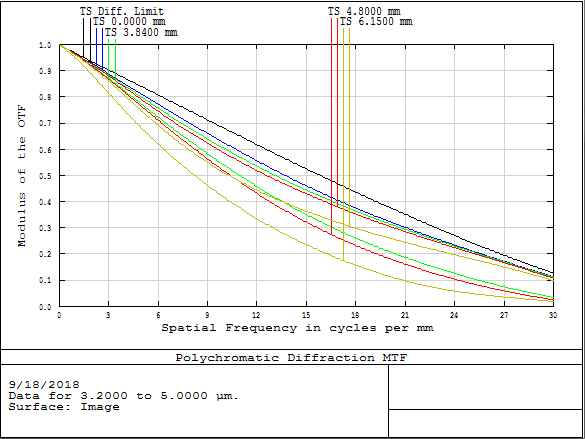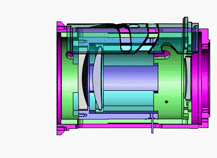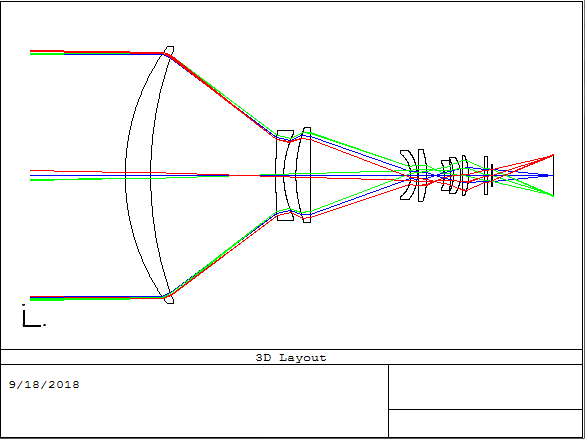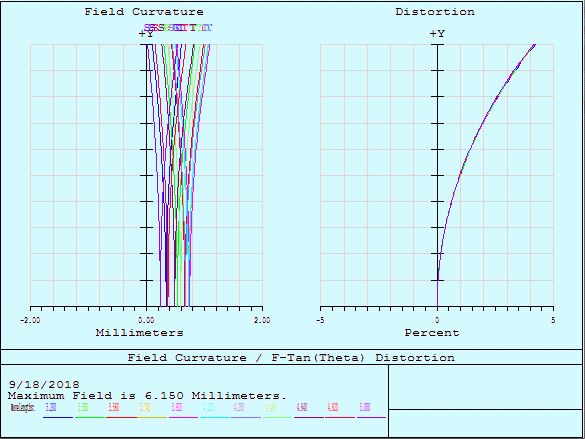FLIR Lens Development Capabilities
FLIR Optical Systems Group (OSG) has the proficiencies and all the critical disciplines required to produce innovative and quality infrared optical products. To successfully execute on the development of systems, expertise is required in optical design, optomechanical design, electrical design, software design, and the integration of the optics, mechanical components, and electronics. FLIR has built a strong team which consists of all these critical disciplines, without which it would not be possible to produce state-of-the-art lens assemblies without compromise.
Optical Engineering
FLIR optical engineers have expertise in the most complex optical designs. FLIR Optical Systems Group is known for producing continuous zoom lenses, multi-field of view systems, and broadband/3rd Gen/multi-channel systems that work over multiple wavebands.

OptoMechanical Engineering
In following with the expertise of the optical engineers, the optomechanical engineers have proficiency in designing the mechanisms required for continuous zoom and multi-field of view optical systems. In addition to designing the mechanisms to correspond with the required field of view changes, they are also designing for extremely rugged environments which includes maintaining very tight boresight stability through zoom when exposed to these environments.

Electronic & Software Design
All of the lens assemblies produced by FLIR that require motorization of the field of view and/or focus make use of the FLIR Advanced Lens Motion Controller. The engineers at FLIR have designed a comprehensive means of controlling the optical system, with features that are either turned on or off depending on the application. Features include:
- Thermal “Gradient” Compensation
- Object Range Compensation
- Multiple “Tracking” Axis
- ID Module
- Data Logging Module
- High-Speed Communication (SPI)
- Built-In-Test (BIT)
- User-Defined Aliases
- Easily Upgradeable & Expandable

Program Management
Beyond designing the optimal lens solution, is executing on a comprehensive plan to build and deliver. The Program Managers at FLIR put together a detailed schedule and perform program reviews to ensure that milestones are being met, and action items are recorded and accounted for. Status updates are then provided to the customer proactively on a regular basis.

Assembly & Testing
Lenses by FLIR are assembled in a clean and organized workstation. Production programs are managed using lean manufacturing principles with work instructions on the bench, required tools in place, and parts kitted in barcoded boxes right at the workstation. There are multiple infrared interferometers of various wavelengths that are used for active alignment and optical testing. Further Environment Stress Screening (ESS) is performed on the lens assemblies through the computer-controlled thermal chambers and the shock/vibration table.